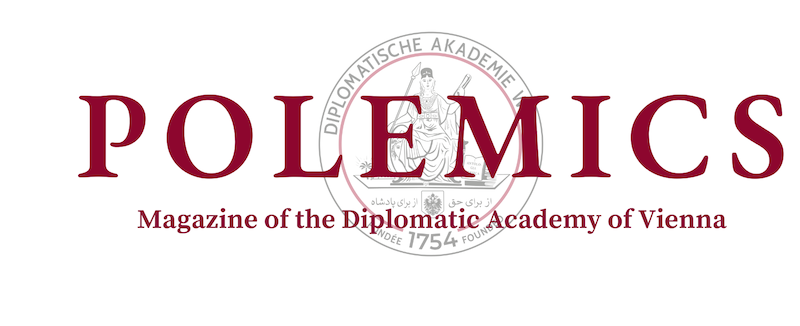Over the past few decades, Argentina’s economy has been plagued by economic instability, spearheaded by increasingly high inflation rates, little or no economic growth, and multiple national debt defaults, leading to widespread poverty. These detrimental developments are even starker when one bears in mind that Argentina used to be one of the most prosperous countries in the world up until the middle of the 20th century. After decades of economic chaos in Argentina, last year Argentines elected Javier Milei as president, who has sparked global controversy due to his flamboyant public appearances and radical economic and social program. Some fear that this development could have negative consequences for Argentina’s economy, and particularly the poorest segments of the population.
While it is true that Milei’s shock therapy wields high economic and social costs in the short term, it is important to first understand the economic realities that have brought Argentina into its current dire situation in the first place, while also understanding the true nature and likely long-term impact of his reform program. With the election of Juan Peron in 1946, Argentina underwent an age of extensive state interventionism in the economy via the nationalisations of major industries and far-ranging subsidies, redistribution of land and income through the creation of a far-reaching welfare state, and a substantial raise of the minimum wage. These government policies led to rising budget deficits, draining the Argentinian state’s treasury, which consequently ushered in high levels of national debt and persistent inflation. While the inflation rate stood at 18% in 1946, it increased to a whopping 297% in a span of only six years. This negative trend continued and reached its climax in 1989 when annual inflation reached a level of 4,924%. Accordingly, year after year, the economy of Argentina became weaker, so weak in fact that the survival of vast segments of the economy have become dependent on the state. Moreover, the state has become so dominant that the Heritage Foundation, an influential US think tank, has placed Argentina in its index of economic freedom at place 145 out of 184, indicating that the country suffers from economic repression.
This devastating trajectory set the stage for the presidency of Javier Milei. What he has proposed and is currently implementing is a 180-degree turn of Argentina’s economic policy. Milei’s reforms rest on two key pillars. The first is to rein in Argentina’s chronic budget deficits by strict austerity measures. This will predominantly impact government subsidies and cuts in the welfare system. The second is to reform the monetary system by reducing liabilities, increasing foreign assets, and restoring the central bank’s balance sheet. It is without a doubt that these fundamental reforms inflict high economic and social costs on Argentinian society. Due to the new monetary adjustments, the peso has been devalued, leading to higher rates of inflation. Moreover, economic growth has contracted by a monthly rate of little more than 3%.
Nonetheless, positive effects of Milei’s reforms have been recorded as well. For instance, in Buenos Aires, rents decreased by 40% after his government scratched the rent control measures that were levied on the city’s housing market. Furthermore, monthly inflation rates have started to decline from 25% in December 2023 to 2.7% in October 2024, which constitutes the lowest inflation rate in over three years. Also on the fiscal policy front, as of September 2024, a fiscal surplus was achieved for nine consecutive months. These trends indicate that hard reforms can also usher in positive developments in the short term and not exclusively negative ones. However, the bulk of the positive effects of the current and intended reforms will only unfold in the span of the next couple of years. The crucial question here is whether the Argentinian economy will have the stamina, and Milei, the political capital necessary, to suffer through his shock therapy.
Yet, it is important to bear in mind the greater picture of the present economic circumstances. Any negative effects of Milei’s drastic reforms are minor compared to the likely devastating economic and social costs that Argentina would have to face if it had stayed on its previous economic path. The historic precedents of countries that in fact achieved an economic U-Turn, like Chile and the United Kingdom in the 1980s, or the United States after the Great Depression of the 1930s, showcase that while initial reforms are more than harsh, they ultimately lay the foundation for long-term economic stability and growth. In Chile, drastic market reforms culminated in decades of growth and prosperity after a brief period of social and economic pain. Likewise, Thatcher’s tough economic reforms resuscitated a stale British economy, transforming it into one of Europe’s strongest by the late 1980s. These examples demonstrate that enduring short-term hardship is required to achieve an enduring economic recovery, making the costs of Milei’s reforms far smaller than the looming catastrophe that would have very likely ensued in Argentina without his current bold action. Hence, Argentina has an opportunity to secure a sustainable and prosperous future under Milei’s decisive leadership.






